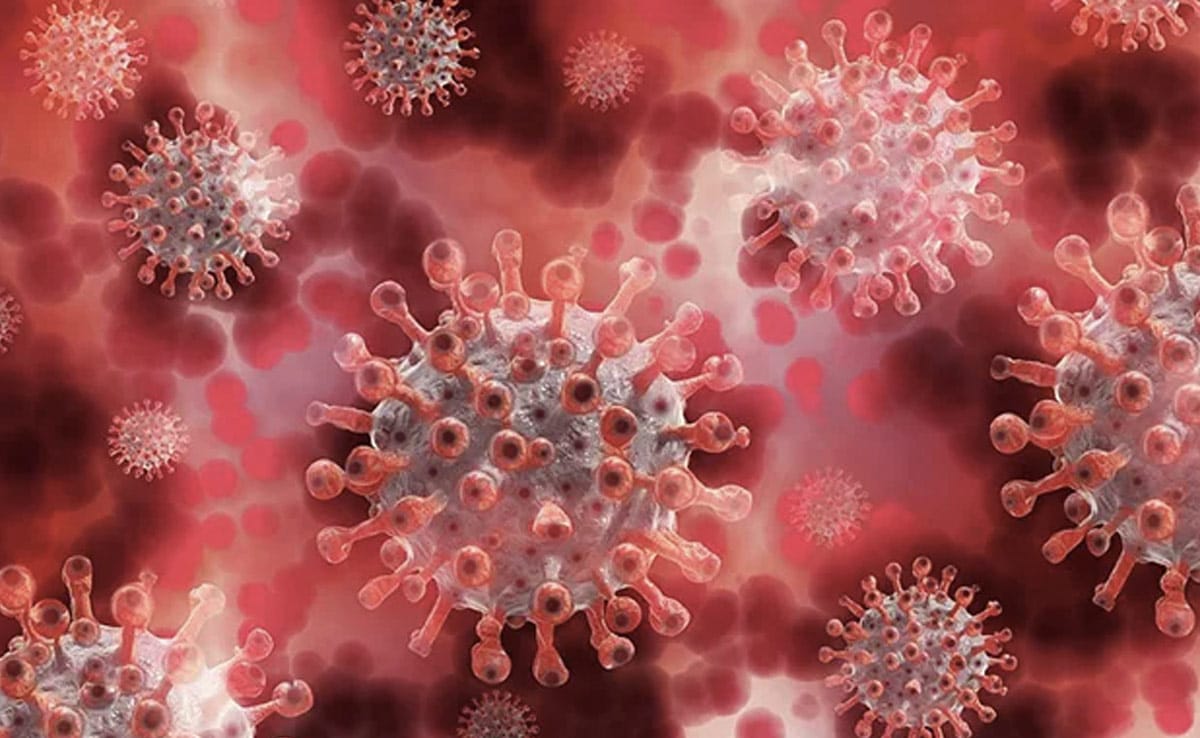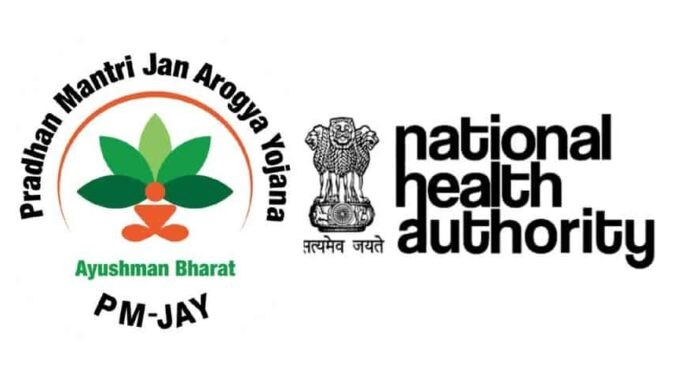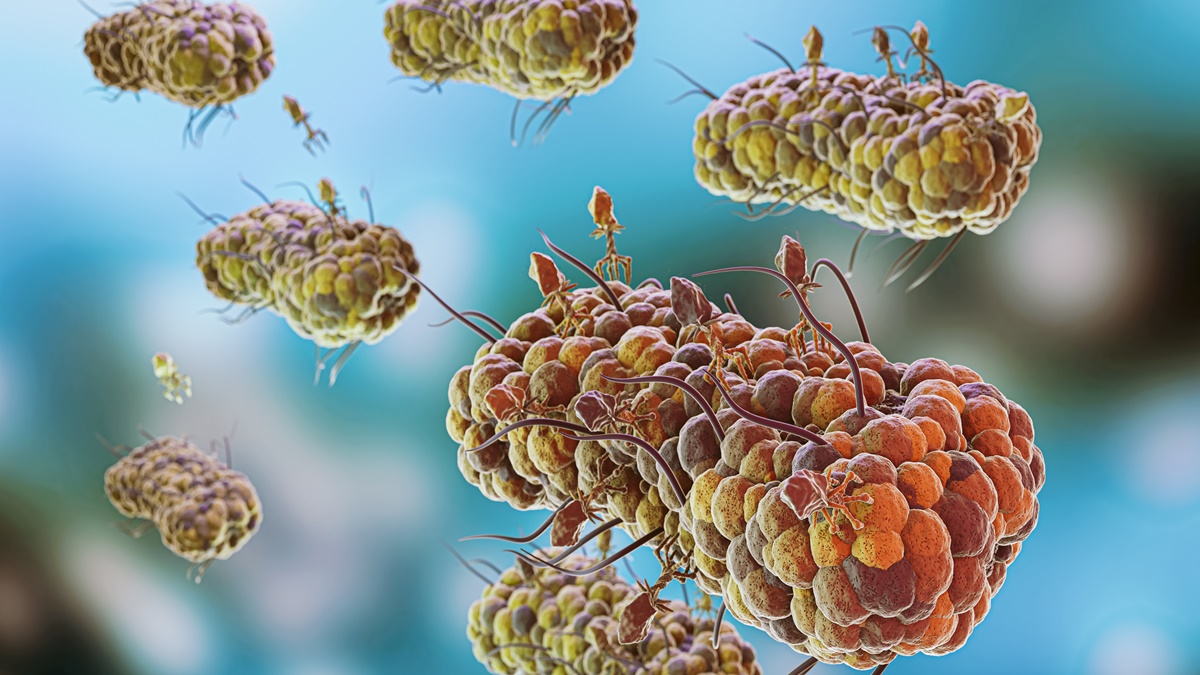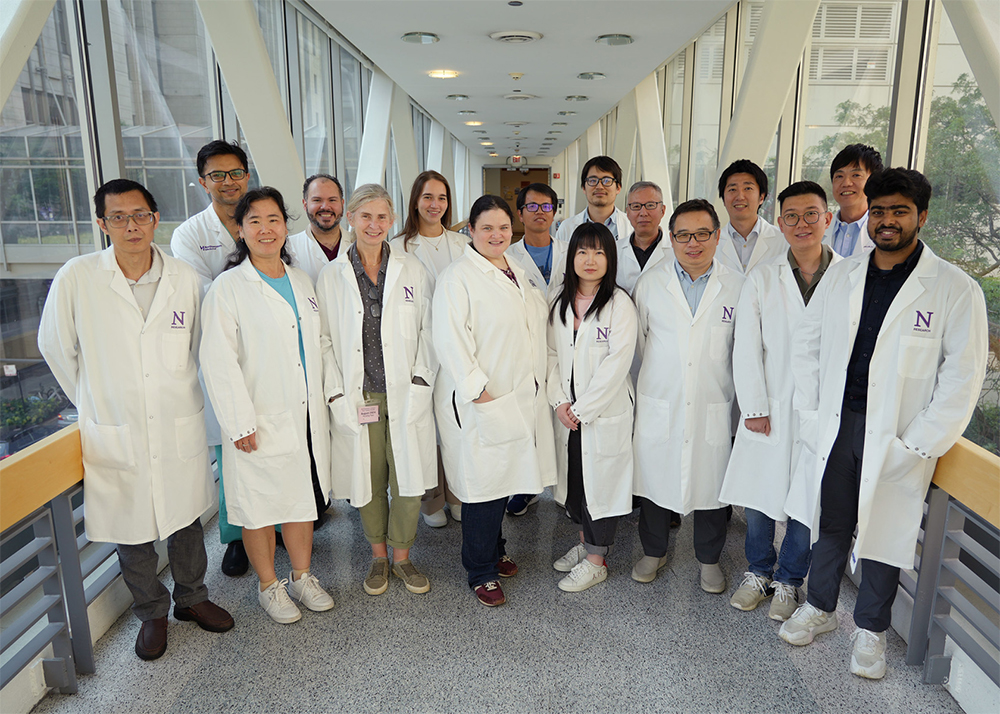World Cancer Day 2025: Himalayan Medicinal Mushrooms and Their Role in the Fight Against Cancer
As the world observes World Cancer Day 2025, the spotlight is on innovative and holistic approaches to combating cancer. One such promising avenue is the use of medicinal mushrooms, particularly those native to the biodiverse Himalayan region. This area, known for its rich flora and fauna, is home to traditional knowledge that has been passed down through generations, revealing the healing properties of fungi and plants. Researchers from Shoolini University, including Sonali Khanal (JRF, DST-SERB, Govt. of India R&D Project), Prof. Dinesh Kumar (Head, School of Bioengineering & Food Technology), and Dr. Rachna Verma (Associate Prof. & Head, School of Biological & Environmental Sciences), are shedding light on how the fusion of ancient Himalayan wisdom and modern scientific research is unlocking the anticancer potential of medicinal mushrooms like Ganoderma lucidum.
Traditional Use of Medicinal Mushrooms in the Himalayas
The indigenous people of the Indian Himalayas have long relied on the natural bounty of their environment, utilizing native plants and fungi to treat various ailments. This ancient knowledge forms the bedrock of modern medicinal discoveries. Mushrooms, categorized as non-timber forest resources, have been used for both culinary and medicinal purposes for centuries. While the therapeutic properties of only a few mushroom species have been thoroughly studied, the potential for their use in medicine remains vast.
Globally, there are over 27,000 species of fungi, with approximately 850 species documented in India alone. Many of these wild mushrooms possess a diverse range of applications—from biofuel production and food packaging to their most significant use in medicine. These fungi are known to contain bioactive compounds that exhibit antioxidant, anti-inflammatory, anti-tumor, and anticancer properties. Among these, Ganoderma lucidum, commonly known as Lingzhi or Reishi, has been a cornerstone of Traditional Chinese Medicine (TCM) for over 2,000 years. Revered for its health benefits, it is considered a “prime grade” herb and is linked to promoting longevity and overall wellness.
Scientific Validation of Anticancer Properties
The ancient uses of Ganoderma lucidum have been validated by modern scientific research, especially in its application for cancer treatment. Studies have revealed that compounds found in this medicinal mushroom, particularly triterpenes and polysaccharides, are primarily responsible for its anticancer effects. These compounds have shown effectiveness against a wide range of cancers, including breast, prostate, colon, lung, and cervical cancers.
The anticancer action of G. lucidum is multifaceted. It induces apoptosis (programmed cell death) in cancer cells, effectively leading to their destruction while leaving healthy cells unharmed. Additionally, G. lucidum interferes with the cell cycle, preventing the uncontrolled proliferation of cancerous cells. It also enhances immune function, bolstering the body’s defenses against cancer. These findings underscore the therapeutic promise of Ganoderma lucidum as an adjunct in cancer treatment, offering a holistic approach that complements conventional therapies.
Merging Traditional Wisdom with Modern Oncology
The increasing global incidence of cancer has prompted the search for alternative treatments. While modern pharmaceuticals have made significant strides in cancer therapy, their often severe side effects have led to a growing interest in natural and traditional medicines as complementary or alternative therapies. In this context, Ganoderma lucidum presents a unique opportunity. Its long history of use in TCM and its scientifically validated anticancer properties highlight the potential of merging traditional knowledge with modern oncology.
Research has demonstrated that G. lucidum is not only effective against multiple cancer types but also exhibits minimal toxicity compared to synthetic drugs. This makes it an attractive candidate for further research and development. The growing interest in natural remedies has already sparked clinical trials and studies focused on harnessing the full therapeutic potential of G. lucidum in cancer treatment.
The Future of Himalayan Mushrooms in Cancer Research
The Himalayas’ diverse ecosystem offers a wealth of untapped potential for discovering novel anticancer medicines. Although several species of Himalayan mushrooms have shown promise, much more research is needed to explore their full medicinal potential. Combining traditional ethnomycological knowledge with cutting-edge scientific techniques may lead to the discovery of new bioactive compounds that could contribute to the development of more effective and less toxic cancer treatments.
As research continues to bridge the gap between ancient wisdom and modern science, the future of Himalayan mushrooms in oncology looks bright. The wealth of biodiversity in the region offers significant promise for advancing cancer research and treatment. Ganoderma lucidum serves as a shining example of how the fusion of traditional knowledge and modern science can provide innovative solutions for cancer treatment. With further exploration, these mushrooms could lead to groundbreaking therapeutic options that improve the quality of life for cancer patients worldwide.
On World Cancer Day 2025, we celebrate not only the advances in cancer research but also the enduring wisdom of the Himalayas, which continues to inspire and guide modern medicine. Through the ongoing integration of traditional knowledge and scientific exploration, the world may soon see the rise of new, more holistic treatments that offer hope to millions battling cancer.















